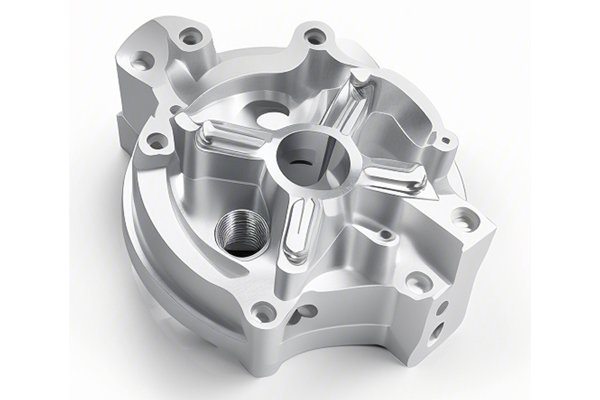Opening:
Did you know that studies show nearly 20% of manufacturing defects are attributed to errors in the CNC machining process? Given that CNC technologies are crucial for precision in everything from aerospace components to medical devices, ensuring a flawless machining operation is paramount. But how do manufacturers effectively eliminate errors? In this extensive blog, we’ll delve into strategies, best practices, and the latest technologies that CNC machining manufacturers can implement to achieve error-free operations.
—
CNC (Computer Numerical Control) machining has revolutionized the manufacturing industry by enabling the production of high-precision parts that meet the stringent demands of today’s markets. However, even the smallest error in the machining process can lead to significant consequences, from costly production delays to compromising product integrity and safety. This necessitates a rigorous approach to quality assurance and error prevention.
Throughout this guide, we will explore various factors that contribute to machining errors and effective solutions to mitigate them.
Before we jump into the solutions, it’s essential to identify the types of errors that commonly occur during the CNC machining process:
One of the most effective ways to prevent errors in CNC machining is to invest in comprehensive training and skill development for operators. Skilled operators are not just adept at running the machines; they understand the nuances of programming, tooling, and machining processes.
Strategies for Effective Training:
Another pivotal approach to minimizing errors in CNC machining is utilizing advanced Computer-Aided Design (CAD) and Computer-Aided Manufacturing (CAM) software. These programs allow manufacturers to create detailed simulations and tool path visualizations, reducing the likelihood of programming errors.
Benefits of CAD/CAM Implementation:
A proactive maintenance strategy is critical for preserving machine performance and accuracy. Establishing a regular maintenance schedule for CNC machining equipment can help detect wear and potential issues before they lead to errors.
Key Maintenance Practices:

Implementing robust quality control measures throughout the machining process is vital to catching errors as they arise.
Strategies for Effective Quality Control:
There are numerous advanced technologies available that can significantly reduce errors in CNC machining:
Encouraging a culture of continuous improvement within the organization can be a game-changer in maintaining error-free CNC machining practices.
Building a Continuous Improvement Framework:
In summary, ensuring error-free CNC machining requires a multifaceted approach involving comprehensive training, advanced software, routine maintenance, stringent quality control measures, the latest technologies, and a commitment to continuous improvement. By carefully considering each element of the machining process and employing targeted strategies, manufacturers can significantly reduce errors and achieve superior product quality.
The significance of minimizing errors in CNC machining cannot be overstated. In our fast-paced and ever-evolving industrial landscape, the ability to consistently produce precise components not only enhances operational efficiency but also boosts customer satisfaction and business reputation. Industries that overlook these essential practices risk falling behind their competitors and jeopardizing the integrity of their products.
Consider the solutions discussed in this blog as vital components in the toolkit of effective CNC machining. As technology advances and challenges evolve, maintaining a commitment to quality and precision will remain the cornerstone of successful manufacturing.
Embrace these strategies today, and pave the way for a seamless future in CNC machining!






